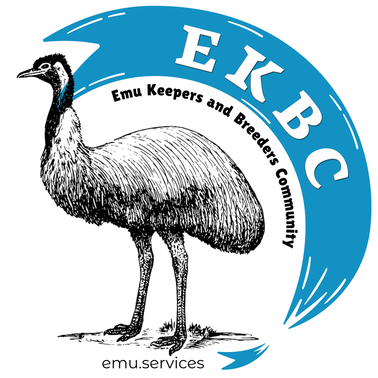|
Thanks to Thanks Jed, Gigi & Ben Carroll Whitetail Hollow Farms in the US for letting us share their great videos! On Whitetail Hollow's YouTube channel, you will find lots of interesting videos on emu care. Part 1, Incubation and Chicks Part 2, Fencing and Adults Part 3, Feed and Tips Whitetail Hollow Farms may have eggs or chicks available in Florida when in season. If you are interested please drop them a message... https://www.whitetailhollowfarms.com/
To subscribe to their YouTube channel for future updates, find them here... https://www.youtube.com/playlist?list=PLRXdzdpAZDXEF1m2lnm3qgff9fZZMgNks Thanks to Thanks Jed, Gigi & Ben Carroll for their videos and for being a helpful members of our Facebook group Emu Keepers and Breeders Community.
0 Comments
HOW TO BLOW EMU EGGS WITHOUT A TOP HOLE
Blowing emu eggsThe emu egg shells always look their best without a top blow hole. The egg can be removed by using things such as an airbed pump, or lamb colostrum feeder, but by far the easiest is a milkshake straw. Thicker than a normal straw, milkshake straws generally come in 6mm or 12mm and are widely available from cookware shops, Amazon or Ebay. Simply, just drill a hole in the bottom of the egg, large enough for the straw to enter the inside of the egg, then puff/blow through the straw. The pressure of the air will force the egg out. The inside of the egg will drop out with a bit of wiggle from side to side to let a bit of air in to help the flow, just keep blowing, and it's that easy! Once all the egg is out of the shell you will need to deal with the membrane. The membrane releases easier from the side of the shell with hot water to be pulled out gently from the bottom of the egg. Watered down bleach, cleaning fluid or detergent can be used to help rinse the inside of the egg. Once the membrane has dried to a crisp inside the shell it can be broken up and poked out the the shell by a long implement such as a thin bottle brush, mandrel, screw driver etc. Thank you to Lynda from eggsfromemus for her demonstration video and image www.eggsfromemus.com/ https://www.instagram.com/eggsfromemus/ https://www.facebook.com/eggsfromemus Every year we see posts on social media of people trying to sex their emu by their head markings, so here is a post to have a look at the truth in this theory. The theory quite simply states that if an emu chick has a bullseye feather pattern on it's head then it is male, without the bullseye, females. Lets look at this below for the emu who were used. The conclusion stats are at the bottom of the page. Conclusion 27 emu were recorded
10 proved the theory works - 4 males with a bullseye, 6 females without 13 proved the theory doesn't work - 7 males without a bullseye, 6 females with a bullseye 4 were inconclusive or had no DNA result In order for this bullseye theory to be correct, all the results should correspond to the theory and 13 out of 27 did not. Proving that the bullseye theory of sexing is an unreliable method of sexing emu chicks. However, trying to sex them by their head patterns is always a bit of fun whilst waiting for the DNA results. Should you drill a hole in the emu egg or Not?Thanks go to Alex Walker for the article. OK, I’ve read several posts lately in different Emu groups about the hatching process of Emu, it’s probably the only time that we humans think we can interfere to "help", either by drilling small holes in the air cell end of the shell or breaking away parts of the shell to “assist" the baby chick get out. Therefore, I thought I’d go through the actual process of a baby Emu (or other chick) hatching. Depending on the species, the chick will orientate itself in the hatching position a few days before hatching. To do this the chick wriggles around inside the shell and gets its head under its left wing. At the same time this is happening the egg shell which is made up of three layers of crystalline calcium with minerals in a Nano structure is being dissolved, from the inside out by a protein called 'osteopontin' which takes this calcium into the membrane surrounding the chick and through that, into the chicks bloodstream. The calcium is then absorbed into the chicks skeleton strengthening the chicks bones, like you taking calcium tablets! This process weakens the shell layers from the inside out making pipping and hatching easier. The membrane called the chorioallantois has been allowing the chick to inhale oxygen from outside, and exhale carbon dioxide from the chick through the shell pores (the lighter coloured specs on the eggs). This membrane is full of tiny blood vessels that transport the oxygen through the shell and into the chick. A couple of days before hatching (in Emu), the chick breaks through the internal wall into the air cell end of the egg (internally pips), and starts breathing air through its lungs, as well as still being attached to the membrane via an umbilicus. At the same time a muscle on the back of the chicks neck enlarges several times it original size to form a 'pipping muscle'. The chick then continues to breathe the air in the air cell whilst getting ready for the big push. At the same time the movements inside the shell are helping the yolk sac to be absorbed into the abdomen, sometimes this is only complete right before hatching. As the air in the air cell gets used up the chick starts to 'suffocate', oxygen is running out and carbon dioxide levels in its blood increase dramatically, this TRIGGERS the pipping muscle which will involuntary to go into spasm, it starts to flex causing the beak to strike the weakened shell from the inside. When the spasms become strong enough the chick breaks through the three layers of shell into the big wide world and can take a breath of fresh air and recover from a very traumatic (near death) experience. After resting, sometimes for several hours, it continues to enlarge the hole, and it’s struggles help the last remaining yolk sac to be absorbed, also, the stress and exhaustion of hatching strengthens the lungs and blood system. Only towards the end of hatching does it detach itself from the membrane that is full of blood vessels, If the membrane and blood vessels are dried from premature drilling it can be fatal at the time of releasing from the membrane, For the above reasons you can see why - 1) You shouldn’t interfere by drilling holes in the shell. 2) You shouldn’t start breaking bits of shell away to make the hole bigger as you risk breaking a blood vessel and causing the chick to bleed to death. The images here show the chick in the egg, with the membrane and blood vessels.
It is important that we don't pick at the shell or membrane as the membrane may be still attached to the chick. The membrane in an Emu egg is not the same as that of poultry and it doesn’t need a high humidity on hatching. The baby Emu is also SO POWERFUL that it can burst through one of the strongest egg shells there are, so it just bursts the dry membrane away! Emu do not 'shrink wrap' like other species, they do not have an egg tooth either, so emu chicks do not pip a hole with an egg tooth and unzip themselves from the egg. So, please read and take this on board. Unfortunately, much like other animals and birds, some don’t make it due to not being healthy and strong enough. This doesn’t mean that if you’d drilled a hole you’d get a healthy strong chick. And for people who did drill a hole and get a chick, it may have hatched normally anyway. Unfortunately eggs are expensive and no one wants a loss, but one thing the emu world doesn’t need is future breeding emus that struggled health wise. The stronger and healthier the chick, the higher chance that it’s own chicks will be too. A short video showing an emu part the way out of an egg.
Recommended further reading.
This is a very interesting article explaining the same emu hatch process... https://www.patreon.com/posts/emu-eggs-part-2-35048141 Also, Circulatory changes associated with the closure of the ductus arteriosus in hatching emu (Dromaius novaehollandiae) We have spent the last few days looking at the nutrition in emu feeds available. Then created an Excel file of all the properties we have had from contacting the companies. If you know of any other companies (worldwide) please let us know. We are hoping this information can help people make the right choice for their emus situation. We originally started this study to have a look at the B vitamins and E vitamins (plus Selenium) due to the sudden increase in splayed leg and wry neck that has spiked worldwide this year in the northern hemisphere (2020 -2021). Parent nutrition is just as important as chick nutrition. All companies state that grit should also be made available and that forage, fruit and vegetables should also be available. Some companies state that the dried feed makes up approx 75% of the diet. A PDF and also Excel file can be downloaded below. Brands listed below are.. Mazuri, Charnwoods, Dodson and Horrell, Kalmbach, Versele-laga, Garvo and Hubbard A late addition... Guaranteed Analysis CRUDE PROTEIN….…NOT LESS THAN…………14.06% CRUDE FAT…….………NOT LESS THAN……….….3.00% CRUDE FIBER…………NOT MORE THAN…….….13.40% ASH……………………….NOT MORE THAN…………8.90% List of Ingredients Wheat Bran, Suncured Alfalfa Meal, Ground Yellow Corn, Soybean Meal, Calcium Carbonate, Mono-Dicalcium Phosphate, Cane Molasses, Salt (Sodium Chloride), Propionic Acid (a preservative), Choline Chloride, Zinc Oxide, Manganous Oxide, Ferrous Sulfate, Vitamin A Supplement, Vitamin E Supplement, Vitamin D3 Supplement, DL-Calcium Pantothenic Acid, Niacin Supplement, Riboflavin Supplement, Vitamin K(Menadione Dimethylpyrimidinol Bisulfite), Thiamine Mononitrate, Pyridoxine Hydrochloride, Copper Sulfate, Ethylenediamine Dihydriodide, Folic Acid, Vitamin B12 Supplement, Ethoxyquin(a preservative), Biotin Supplement, Sodium Selenite (Selenium).
An intimate view of a Co-habiting emu PairWhen keeping a mob of emu, breeding season is always an exciting time of year. You never know how it will go, who will pair off with whom etc. Featured here is Tarquin (female) and Crackers (male). When breeding season started it was obvious that Tarquin was possibly going to injure another emu, as her temperament was far from calm. On the other hand, Crackers, who is one of my more relaxed and easy going emu, was attempting to form a trio with his mother and father. I couldn't let that happen, or see Tarquin constantly aggressing the other females, so in a moment of frustration I put them both in the baby enclosure together! They got on fabulously, and this year Tarquin was the first to start laying. It was her first breeding season. She took to Crackers straight away, and well, Crackers is the sort of boy who does as he's told and goes with the flow. He made some great nests, usually huge with lots of effort going into them, which is rare for emu! He took his role seriously, and sat diligently, through wind, rain and a sprinkling of snow, within the open air enclosure. At one stage Tarquin was let out of the enclosure, and all hell broke loose, so she ended up back in there! My emu lay their eggs out in the field, and when the fathers have reach hatching time I usually take away any viable eggs and put them in the incubator for their final period, to hatch them at home. I felt very differently about this pair though, although they are both first timers and the eggs were small, they came together so well. I observed them build nests together and have been present a couple of times during egg laying. They worked very well together and had the security of their purpose built enclosure, so I made the decision to let nature take its course. The eggs were due on Monday 22nd. On Tuesday 23rd one had pipped and we could hear its whistles from under the body of Crackers. This was a very anxious time. I've had males get up at this point and leave the eggs, especially first timers. I think maybe they feel strange about eggs moving around under them. Crackers remained sitting though, and Tarquin stood guard, drumming and circling the nest enclosure I had made for Crackers, using bales of straw to fend off the wind and weather. Nothing much happened on Tuesday 22nd, just lots of expressions of excitement and anxiety from us humans, not knowing how the female would react to the babies, since female emu are not known for their maternal nature, and caution needs to be taken when the female is around the hatchlings, in case she kills them. Sadly, we have had this happen to us before so we were very anxious about this hatching. We were there at first light on Wednesday 24th to find that the egg had not progressed in hatching much since the previous day. This was a relief in a way as it felt we still had some control should Tarquin change her mind about her young. She maintained an excellent disposition though, and around lunchtime there was some progress in the hatching; the first baby was almost out. It was helped out, I feel, when at one stage Crackers went to sit back down on the egg and there was a loud 'crack'. He stood up again, and we could see the baby was on its way out. Also, by this time, a second egg had pipped. We were quite worried when we saw what we saw; it appeared the parents were pecking at the chick, but afterwards we realised they were probably getting off the egg goo and removing the shell around its head! This is something I never do when incubating eggs, as the chick can still be attached to the membrane, but the parents instinctively seemed to know what to do. Wednesday passed. Crackers wanted to keep the wet baby warm, so we left them to it and returned at first light, Thursday 25th, to find two fluffy healthy little babies! I lifted Crackers to have a look; he didn't mind at all but, certainly wasn't going to show me voluntarily. He and Tarquin seemed just as excited as we were to see them safe and sound! I can honestly say that this is one of the most beautiful things I have ever seen, and feel extremely privileged to have the parents allow me to be so close to them. I even got to hold the chicks briefly! At this stage we don't know what is happening with the other eggs. We know one is sloshy, but Crackers seems to know what he is doing, so I'm leaving them with him for now. I've a feeling the hatchlings will soon keep him busy if the others are not going to hatch. Thanks to Lynda, James and Tania for their reassurance throughout the hatching. |
Details
Articles written for the website by anyone who would like to share information on keeping and raising emu, emu care, emu health and disease management, raising chicks, emu behaviour etc.
Archives
April 2024
Categories
All
|
||||||||||||||||
|
Please feel free to share or quote anything from this website. In doing so please link or reference this website, address... www.emu.services
|
|
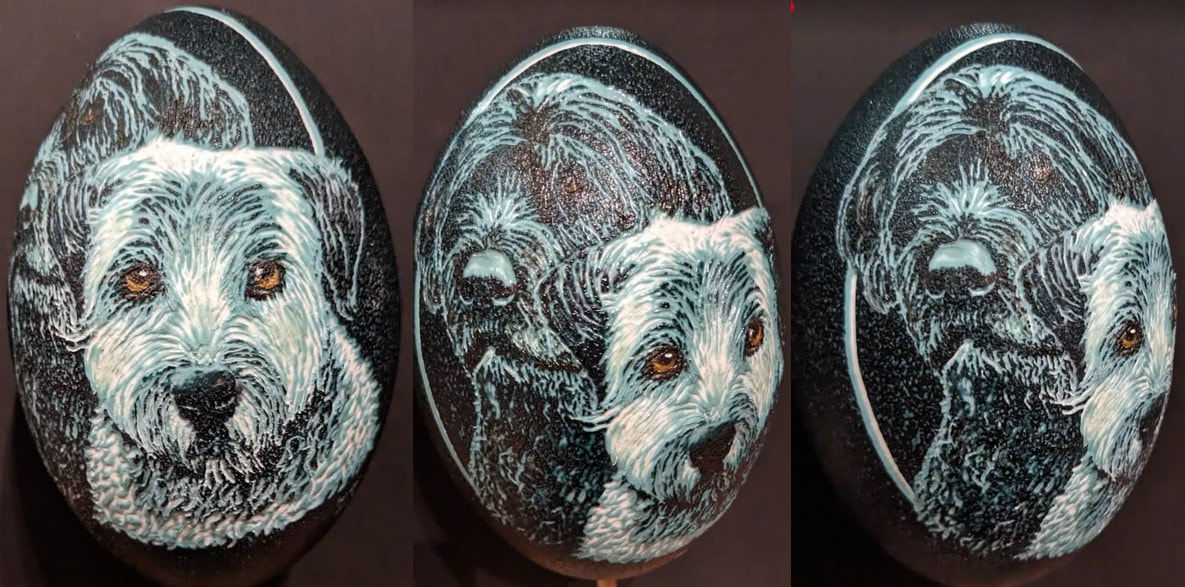
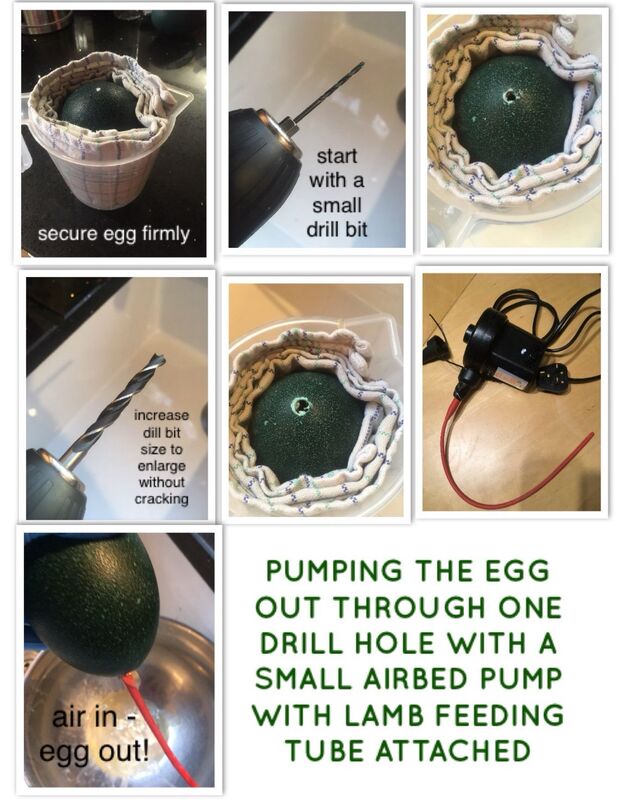
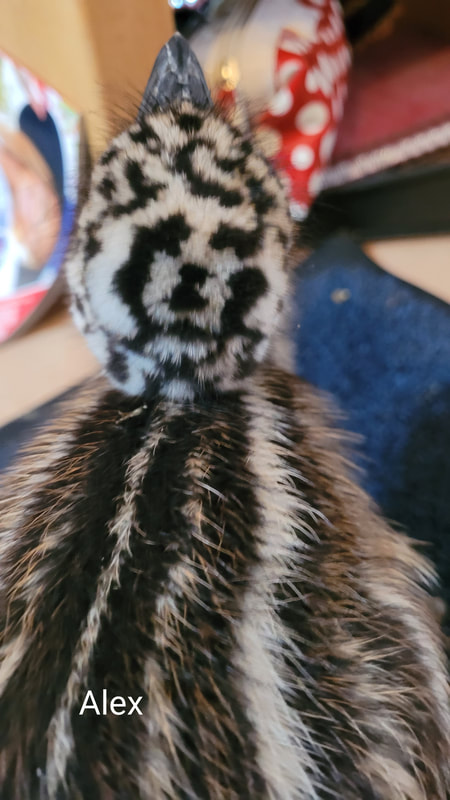
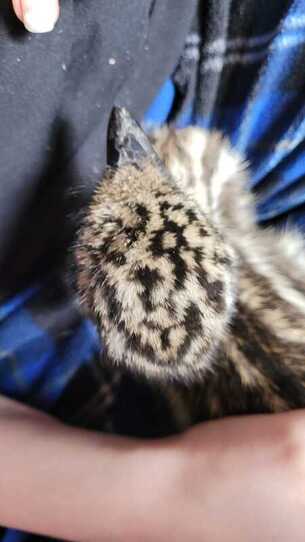
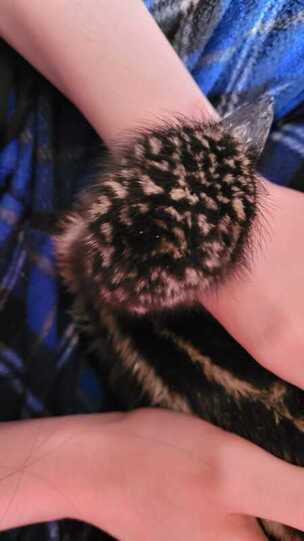
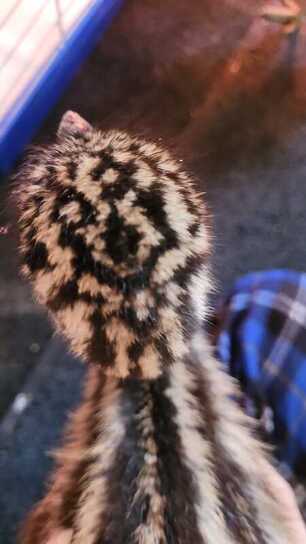
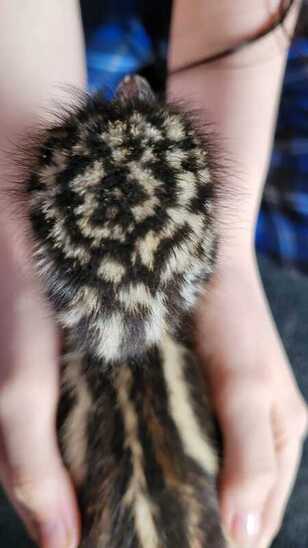
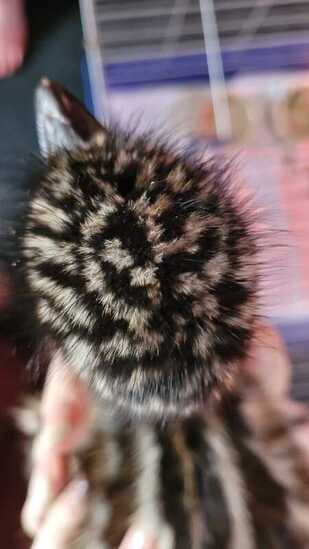
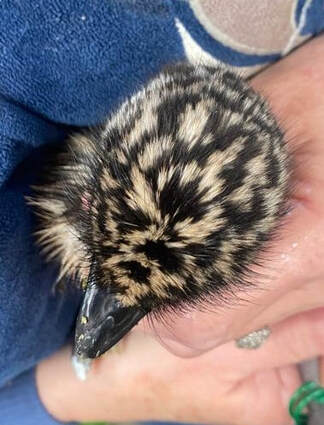
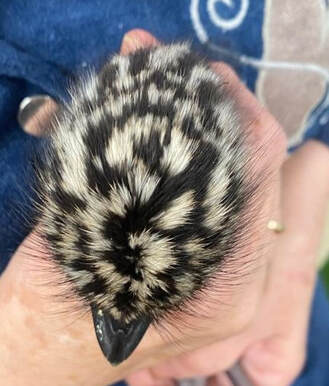
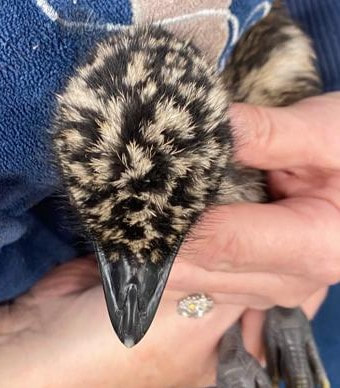
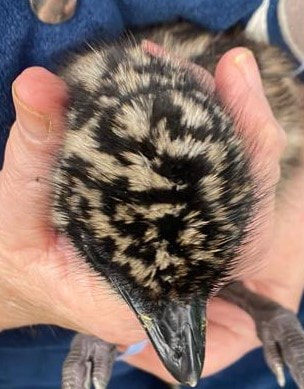
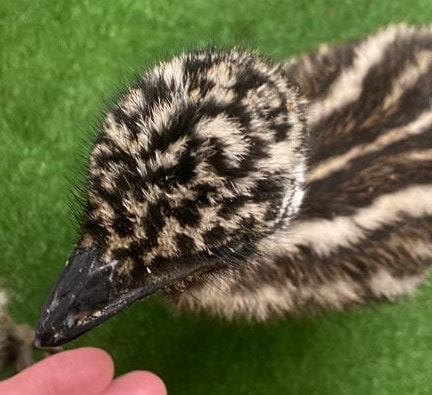
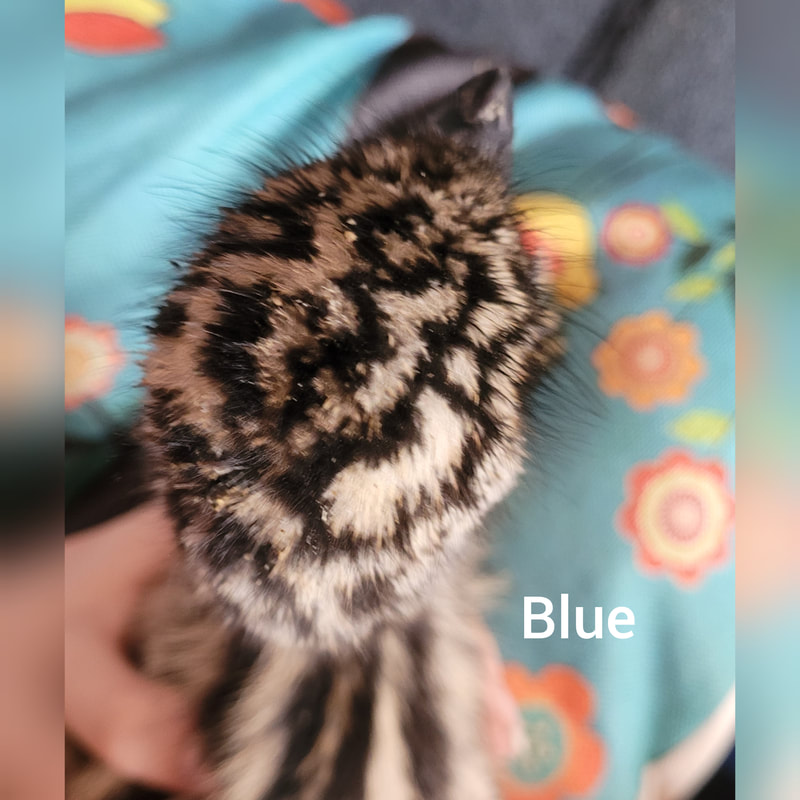
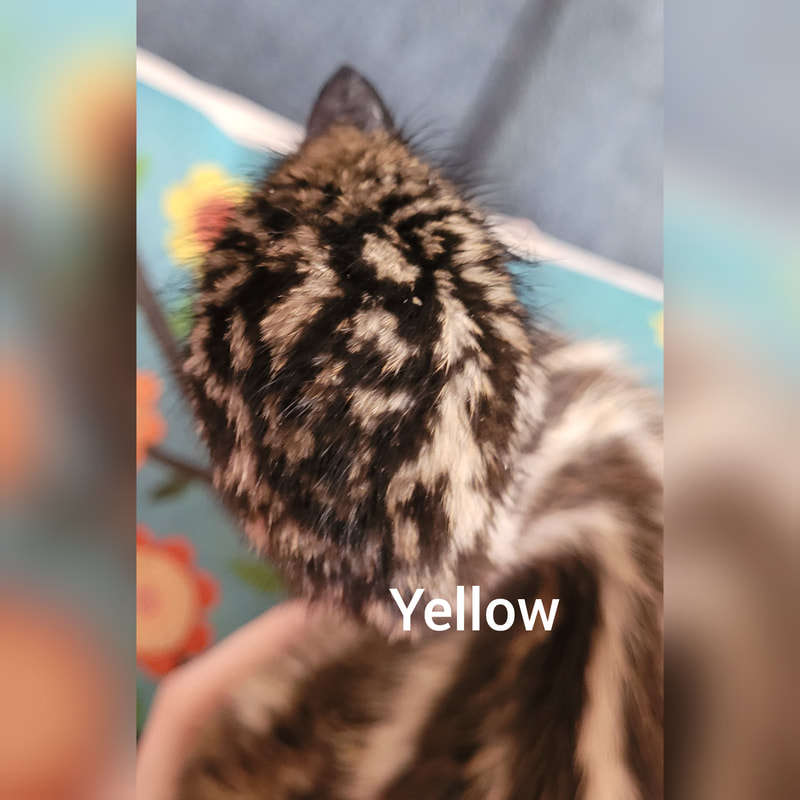
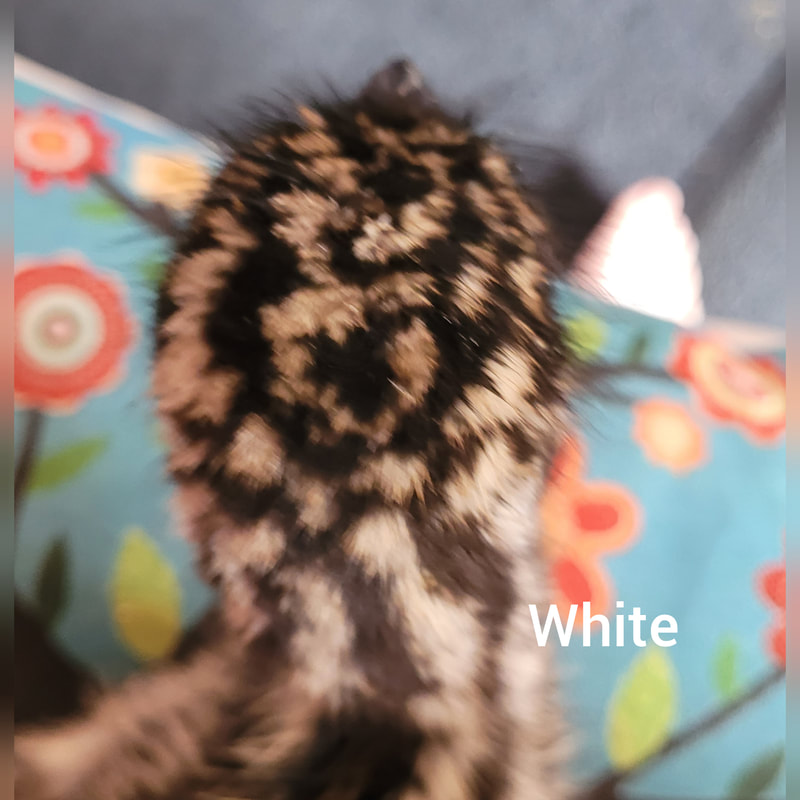
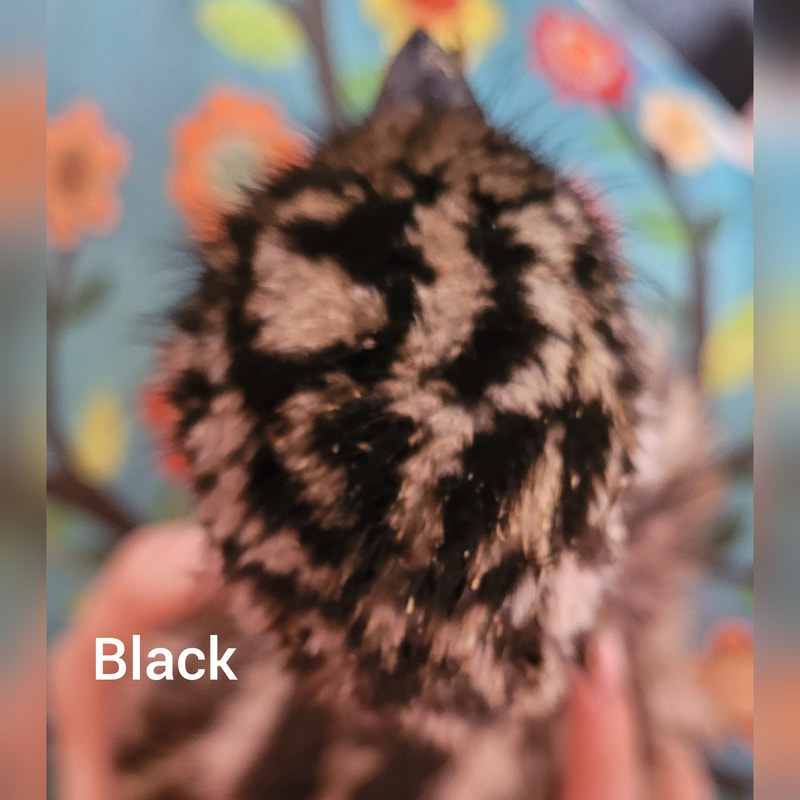
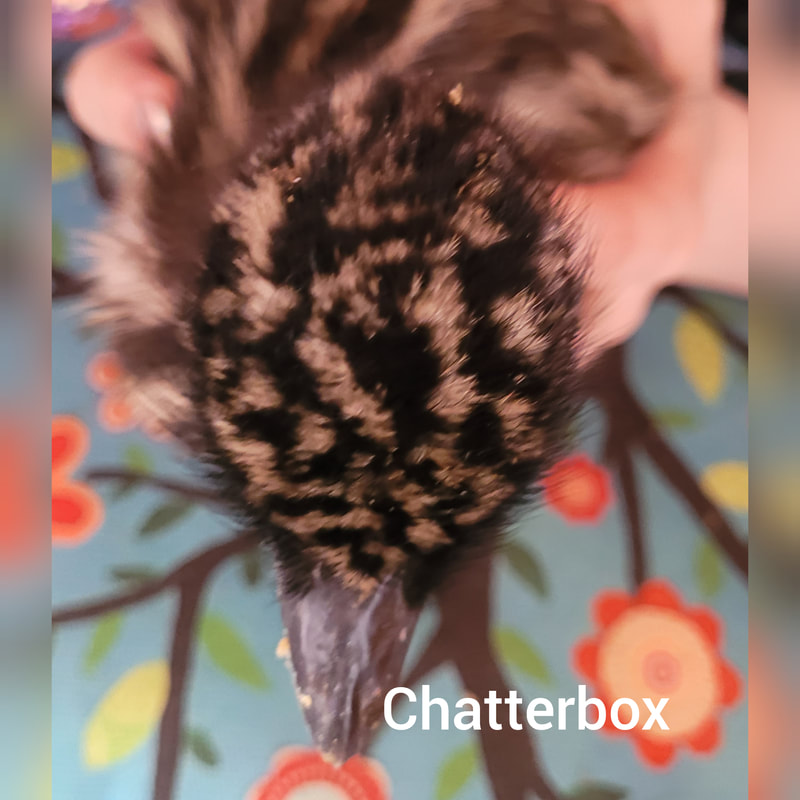
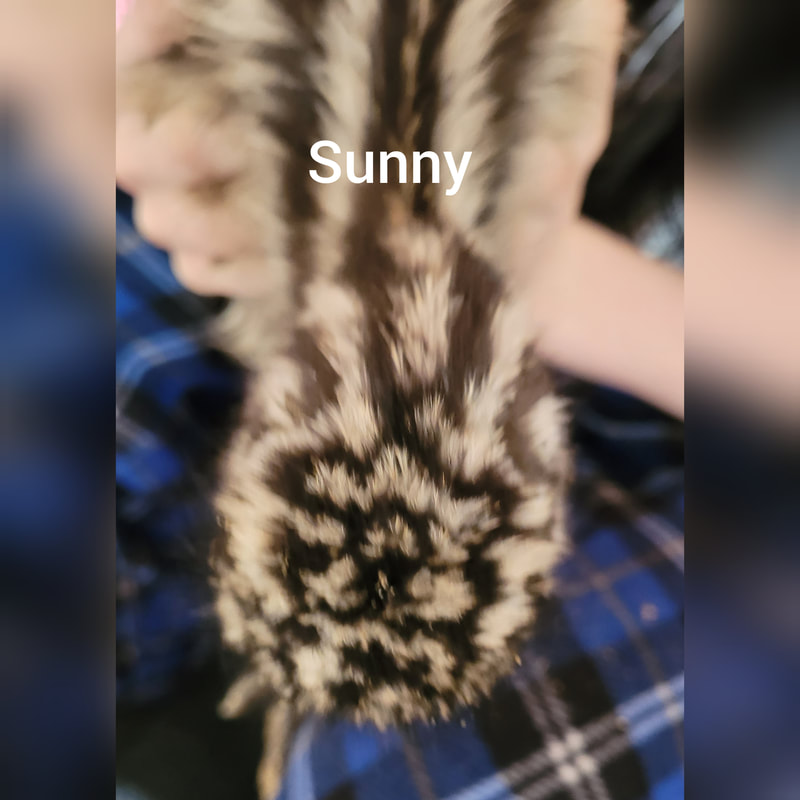
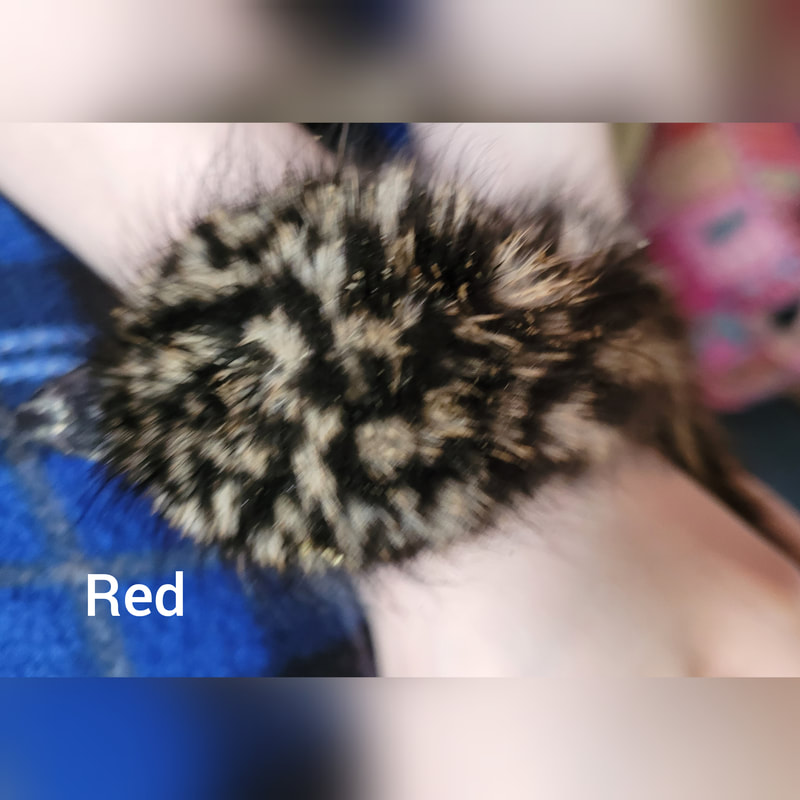
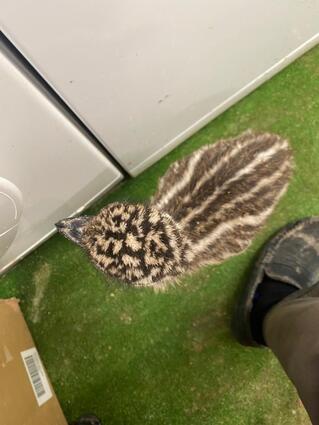
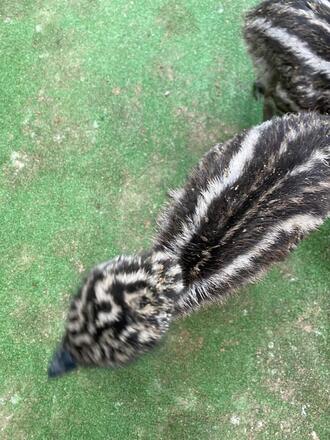
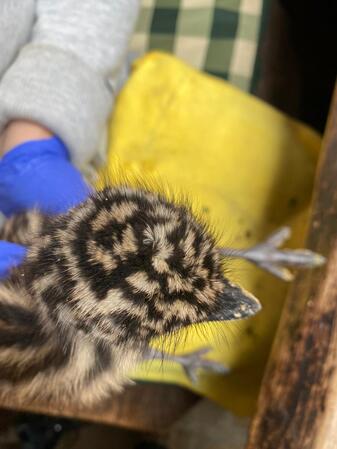
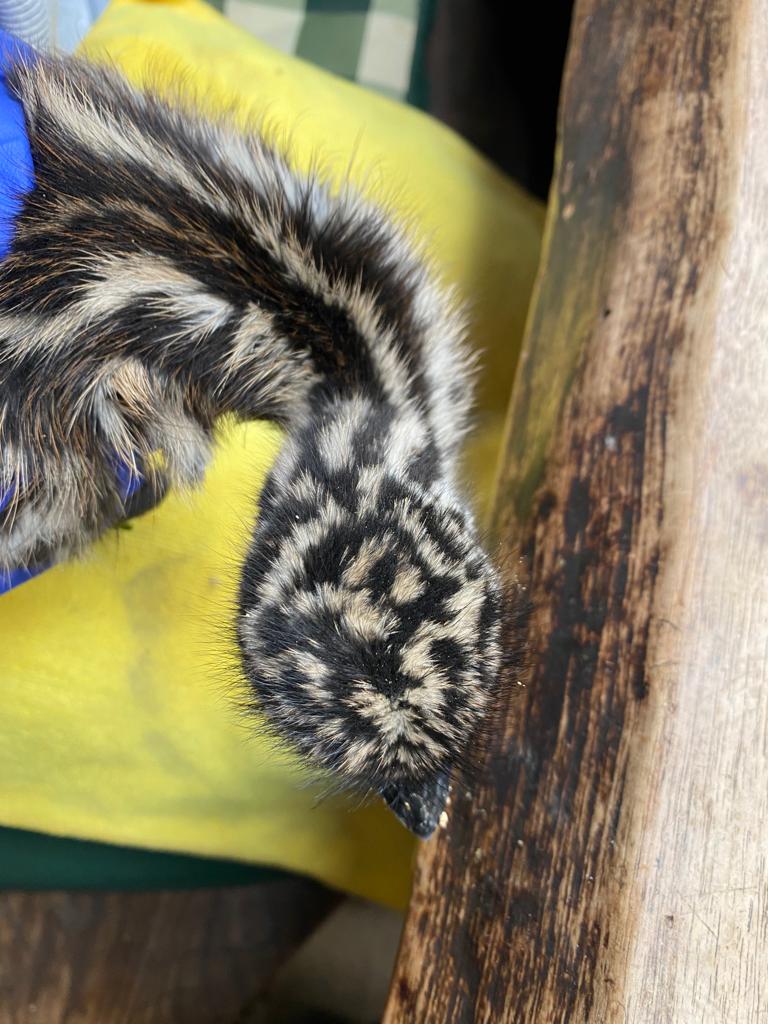
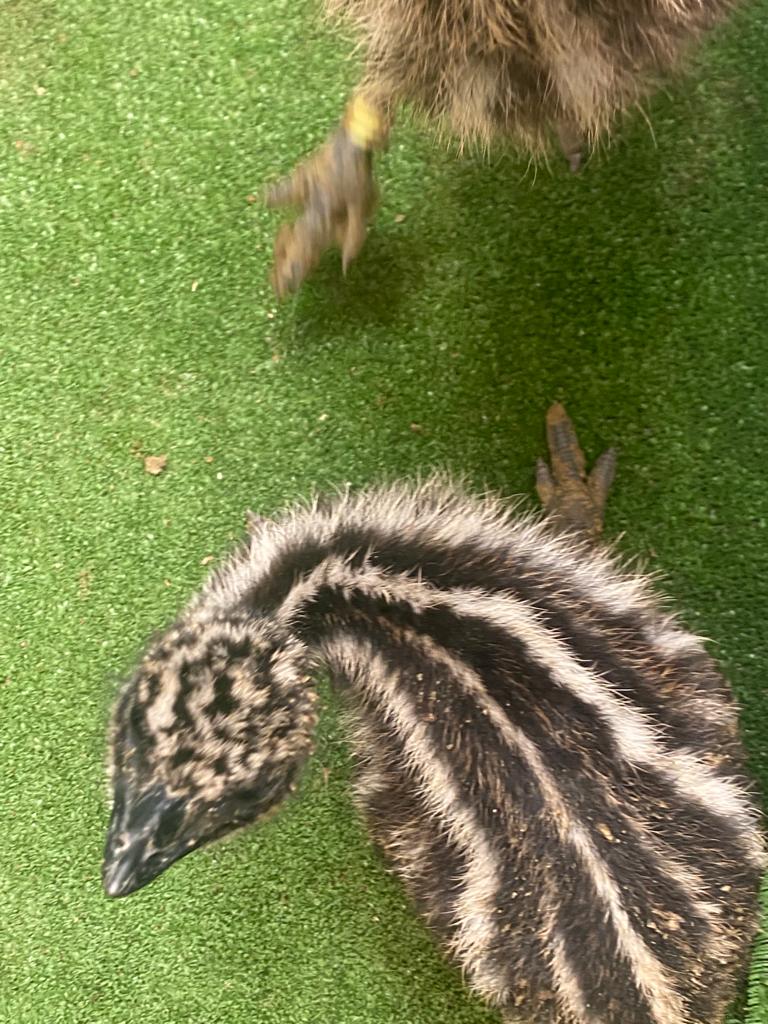
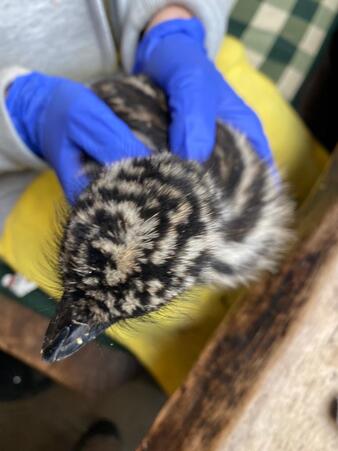
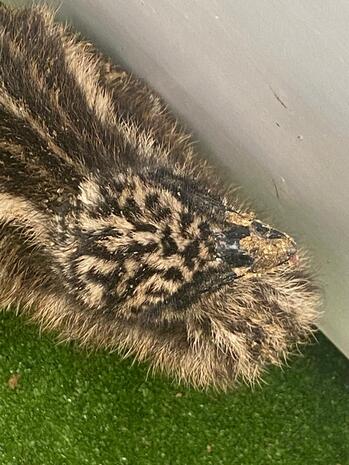
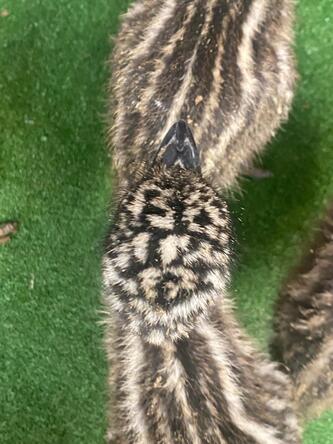
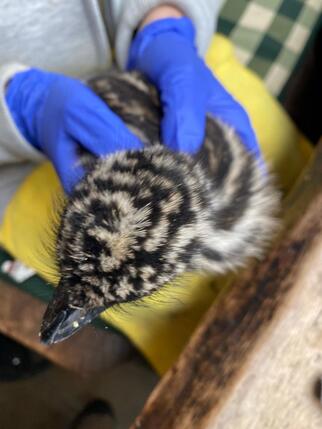
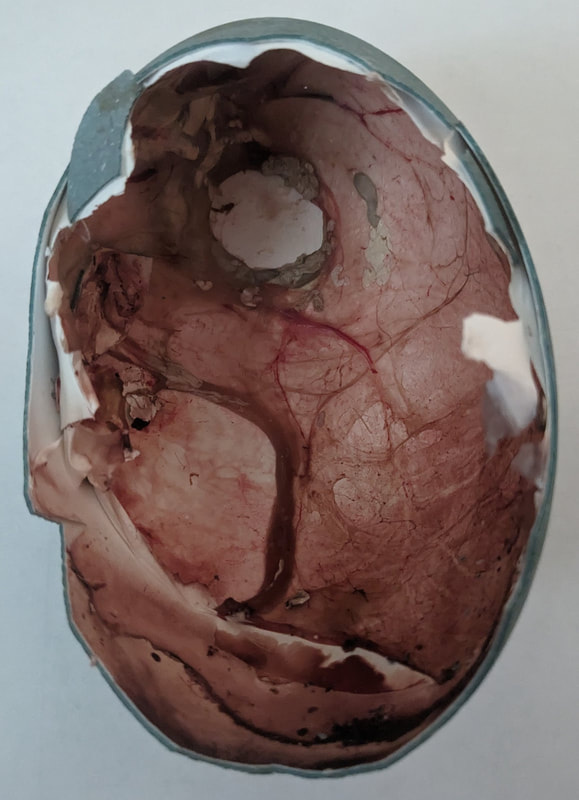
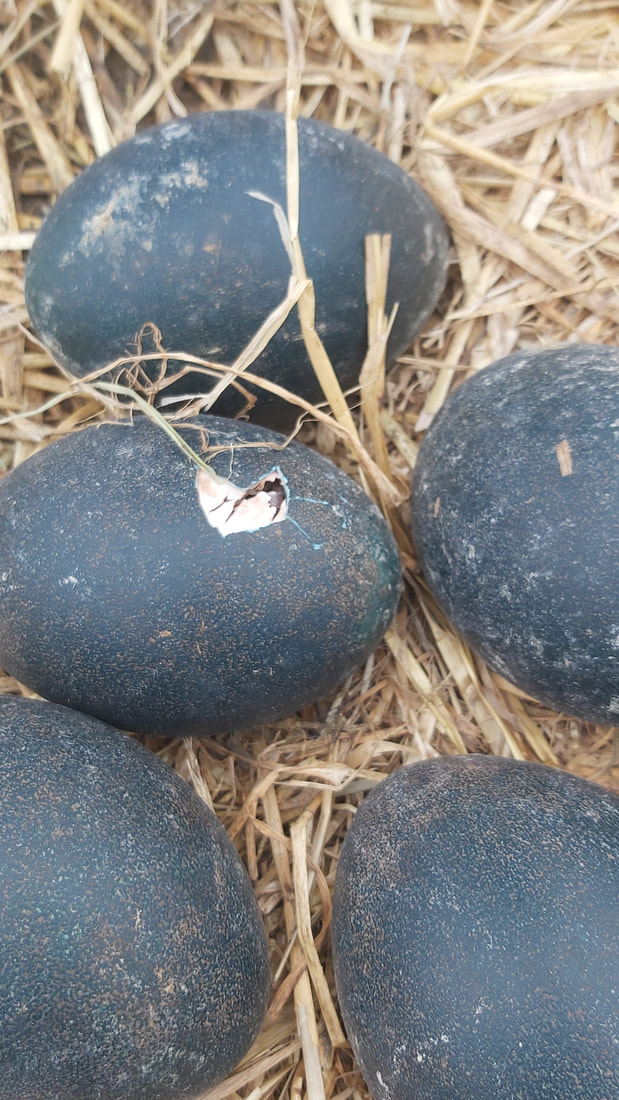
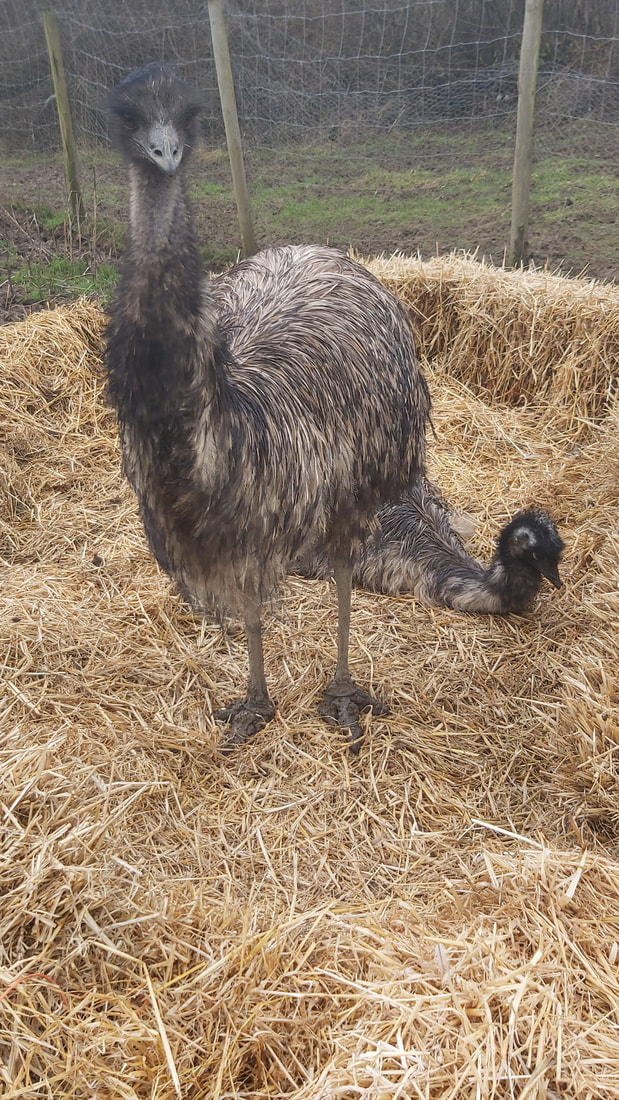
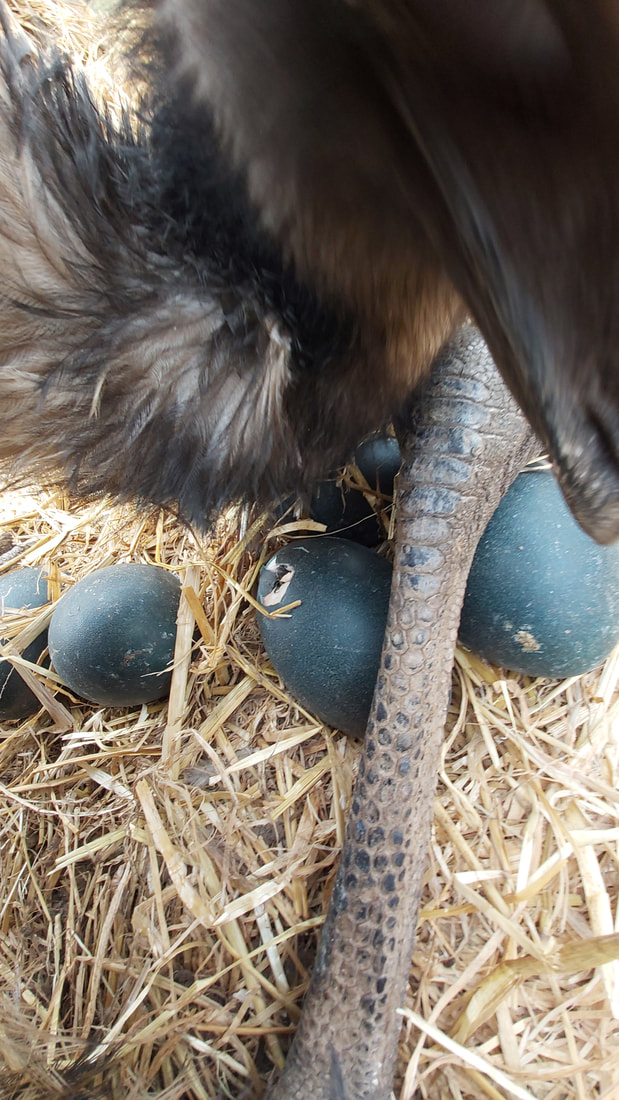
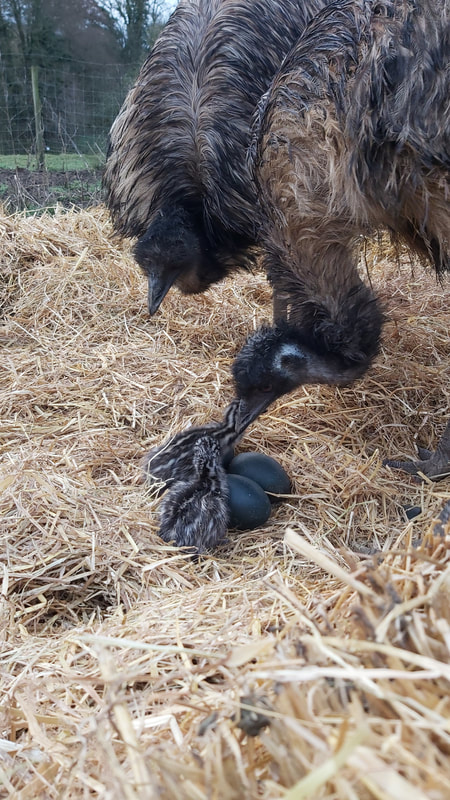
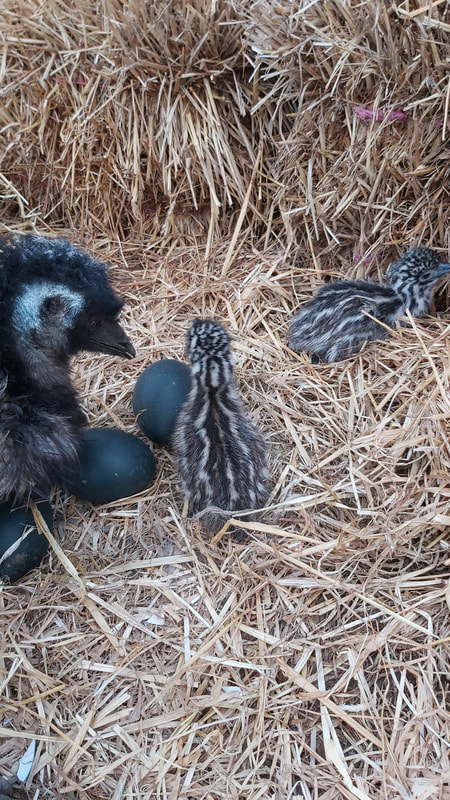
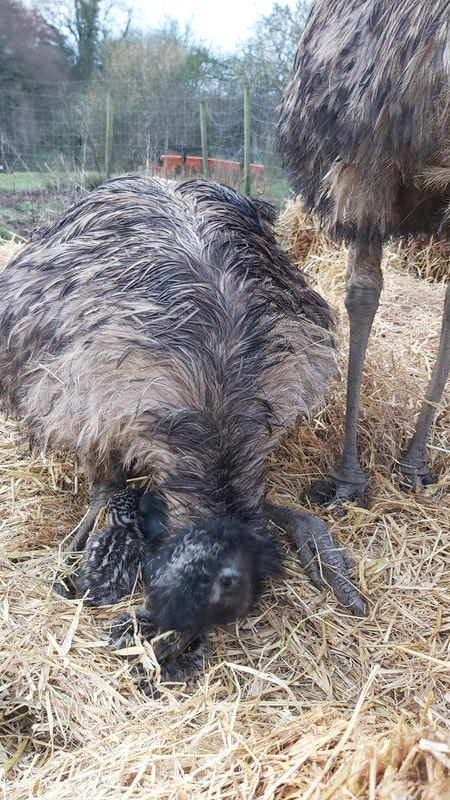
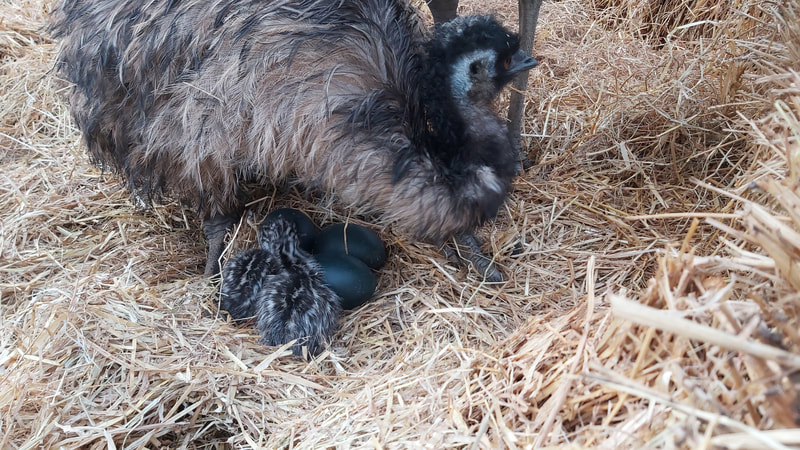
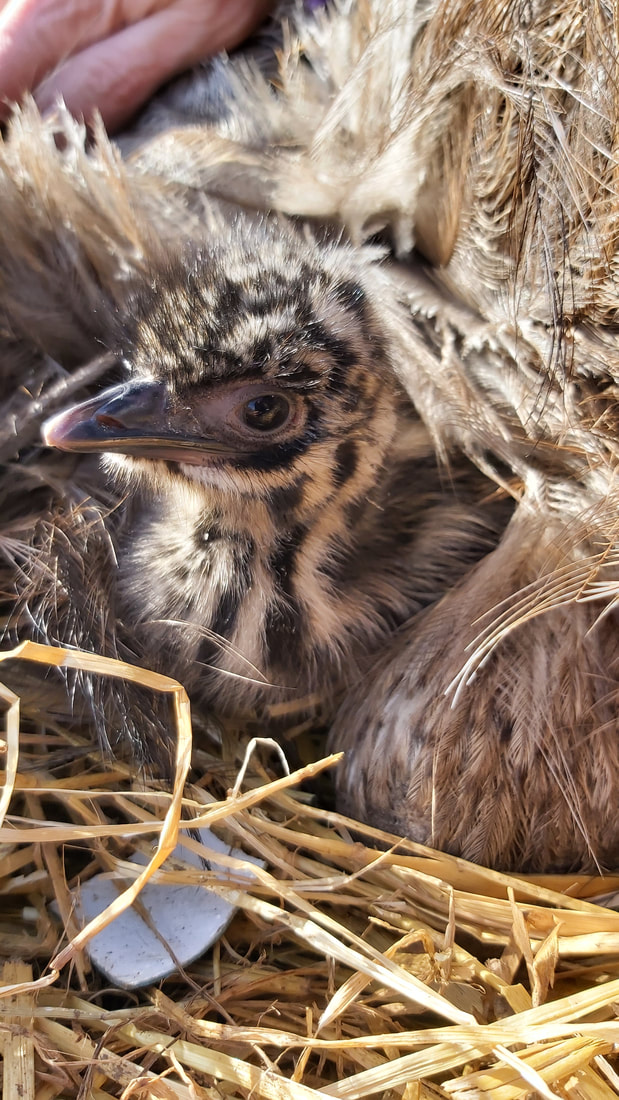
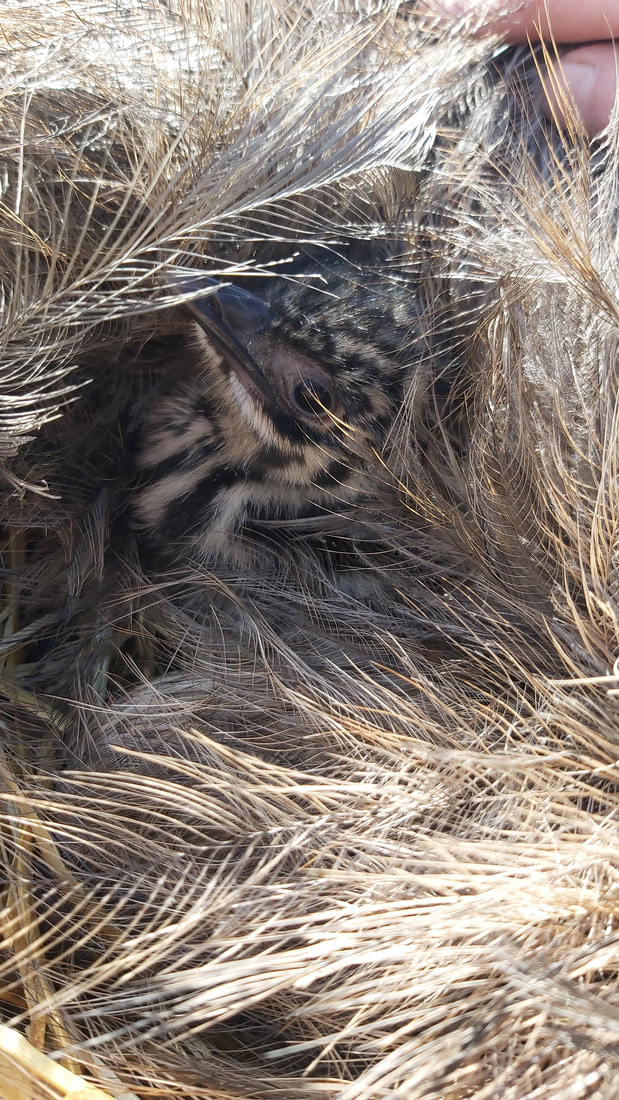
 RSS Feed
RSS Feed
